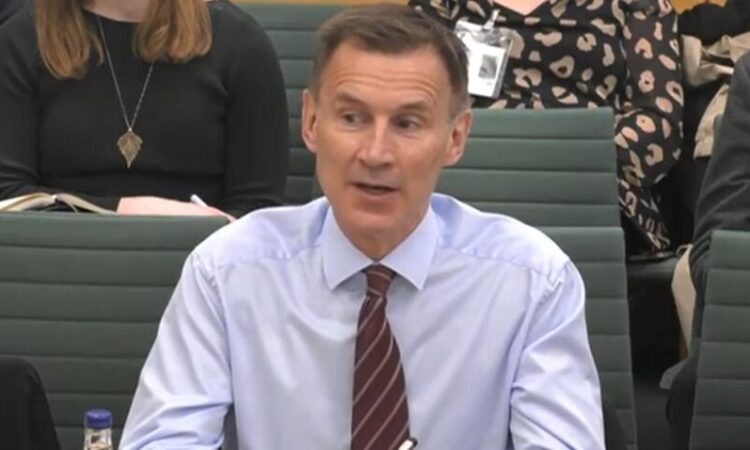
The government borrowed bill less than expected last month as falling inflation and bumper tax revenues helped to improve the state of the public finances.
Official figures from the Office for National Statistics (ONS) in August showed that monthly public sector borrowing came in at £11.6 billion, below the £13 billion forecast by the government’s fiscal watchdog and just above the £11.1 billion expected by polled economists.
The August figures are the latest in a series of borrowing undershoots for the government, which has benefited from a growing tax take and the impact of falling inflation, which has reduced the Treasury’s debt servicing bill.
It means that total borrowing in the financial year starting in April is now £11.4 billion lower than the Office for Budget Responsibility forecasted in March at £69.6 billion.
The ONS said the government was collecting more VAT and income tax, helping to bring up total monthly tax receipts to £57.6 billion, up nearly £3 billion on the same month last year. High inflation over the past year has given a short-term boost to the public finances by dragging workers into higher tax brackets.
The recent declines in monthly inflation, as measured by the retail price index (RPI), have helped to reduce the government’s debt interest bill on inflation-linked gilts by £3.1 billion compared with August last year. Total debt servicing costs last month were £5.6 billion, undershooting the £7.9 billion projected by the OBR in March.
The figures are a boost to Jeremy Hunt, the chancellor, before his autumn statement in November. Treasury ministers are hoping that a steady improvement in public finances will give the government room to announce a big tax cut at the spring budget next year before a general election later in the year.
Responding to the figures, the chancellor said: “These numbers show why after helping families in the pandemic we now need to balance the books. That becomes much easier when inflation is under control because higher inflation pushes up interest rates, so we need to stick to the plan to get it down.”
The ONS said the debt ratio, which measures the government’s debt pile as a proportion of the economy, rose slightly to 98.8 per cent and remains stuck at the highest level since the 1960s.
Ashley Webb, UK economist at Capital Economics, said: “August’s public finances figures continued the recent run of better-than-expected news on the fiscal position. So while the chancellor has ruled out tax cuts in the Autumn Statement on November 22, he will probably have some wiggle room for tax cuts and/or spending rises in the budget in March 2024. That would give the Bank of England another reason to keep interest rates at their peak for longer than the Fed and the ECB.”





